Dust can have a negative impact on solar panel performance. But module tilt angle also plays a role in how much the impact will be, as this study carried out in an extreme environment indicates.
It’s now been 3 weeks since any rain fell in my neck of the woods in Adelaide. This shot of my solar panels yesterday shows them looking rather dusty.
But according to SolarAnalytics1, the system has been performing within the normal range expected from an installation like mine:
It’s one of the advantages of having an “oversized” system; where solar panel capacity (10kW in my case) is greater than inverter capacity (8kW). Oversizing is a very common and desirable practice.
Our roof’s pitch is 22.5 degrees2; so even just a few millimetres of rain within a reasonably short timeframe should give them a decent clean. But what happens if this dry spell went on for months and months? What might be the impact?
Researchers from Saudi Arabia and the UK sought to help answer this by studying power yields of clean and dusty PV modules measured over a year in desert conditions.
They installed seven pairs of 10 Watt solar panels on the rooftop of the Faculty of Engineering at King Abdulaziz University (KAU) in Jeddah City. The region experiences high temperatures, low rainfall, drought, and dust and sand storms. While Adelaide can be a dry and dusty place, we don’t see sand storms and only the rare dust storm.
The panels were installed at angles of 0° (flat), 15°, 25°, 45°, 60°, 70°, and 90°3; facing south. One of each pair was cleaned daily and the other allowed to accumulate dust. The duration of the dry and “rainy” periods was 183 and 182 days, and output power of each pair was recorded daily at one-minute intervals between 9am and 4pm.
During the “dry” period (which included a dust storm), each uncleaned module experienced a significant decline in performance. This was in addition to heat impacts; heat being the enemy of solar panel efficiency. After 182 days of dust accumulation without enough rain to wash it off, the power reduction for the uncleaned 0°, 15°, and 25° modules reached 80.4%, 75.6%, and 60.2% respectively.
The normalized monthly average power output across different tilt angles for the uncleaned solar panels during the year was as follows, with 1 being the scale’s maximum:
- 0°: 0.50
- 15°: 0.61
- 25°: 0.73
- 45°: 0.65
- 60°: 0.48
- 70°: 0.37
And the clean panels for comparison:
- 0°: 0.69
- 15°: 0.79
- 25°: 0.84
- 45°: 0.83
- 60°: 0.59
- 70°: 0.43
And graphing the above:
Little Rain Worse Than No Rain For Flat Panels
Following a light rain event (0.8 mm) during the dry period, performance of the dusty 45° tilt module improved, approaching that of its initial clean state. But the module installed flat retained a significant quantity of water on its surface, which combined with dust caused cementation as it dried that resulted in decreased performance. Here’s what that solar panel pair looked like, with labels included by the helpful researchers in case we couldn’t tell which is the dirty one.
Given the areas of dried gunk, this could also lead to “hot spots” if not dealt with. But a 6mm rain event occurred 16 days after the dust storm, significantly improving performance of all modules; particularly those at smaller angles.
After “heavy” rain events (7 mm and 9 mm back-to-back on two days) as the wet season came into play, another significant performance boost was noted. Those at the 45° and 25° tilt angles yielded the highest power output, and maintained it consistently until the end of the experiment.
25° The Sweet Spot
“A 25° angle demonstrated the best performance during the dry period, balancing effectively the reduction of dust accumulation and maximum capture of the solar irradiance,” state the researchers. “During the rainy period, the optimal angle shifted to 45°, which enhanced the module performance due to natural cleaning by rain. Over the entire year, modules with a 25° angle consistently performed best, even without regular cleaning.”
It’s important to note that generally speaking, optimal solar panel angle/tilt and orientation/direction will depend on what part of the world you’re in.
The full study report, titled “Impact of dust and tilt angle on the photovoltaic performance in a desert environment” has been published in the journal Solar Energy.
On a related note, we reported last week on a Finnish study that suggested using dishwashing detergent for cleaning solar panels should be avoided – find out why. By the way, you can pick up some tips on how to clean solar panels here, and read the debate on whether it’s worth it here.
Footnotes
- Solar Analytics is an Australian service providing performance monitoring (and more) for rooftop PV systems. ↩
- Common roof pitches in Australia are 15° and 22.5°. ↩
- There were issues with the cleaned 90 degree panel, leading its partial elimination from the analysis. ↩

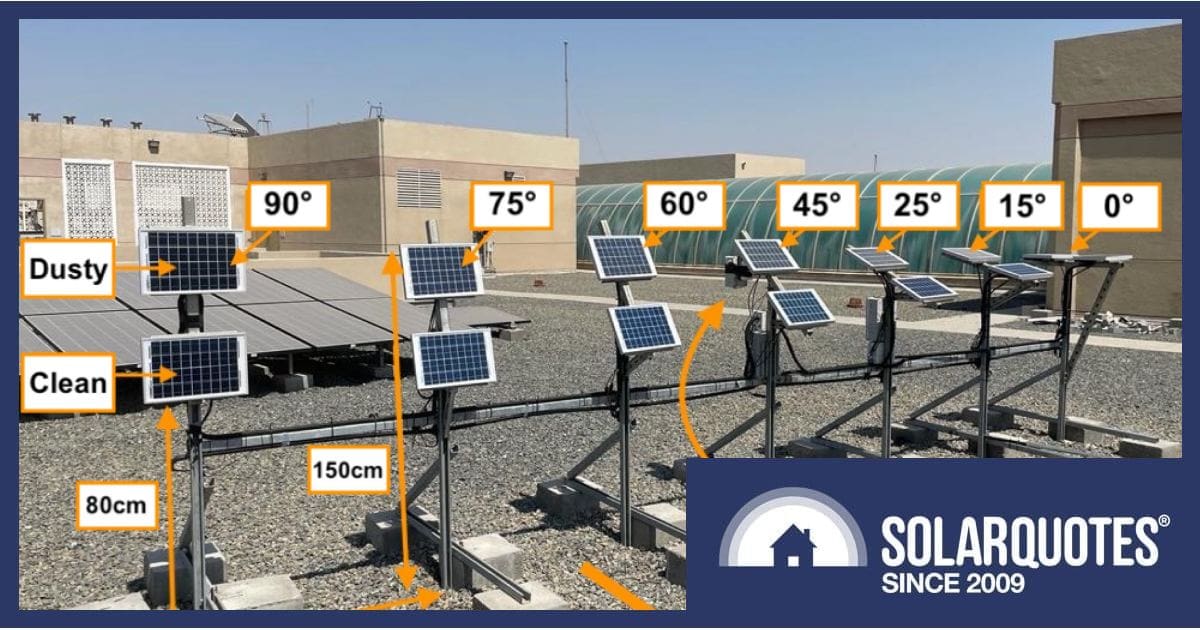
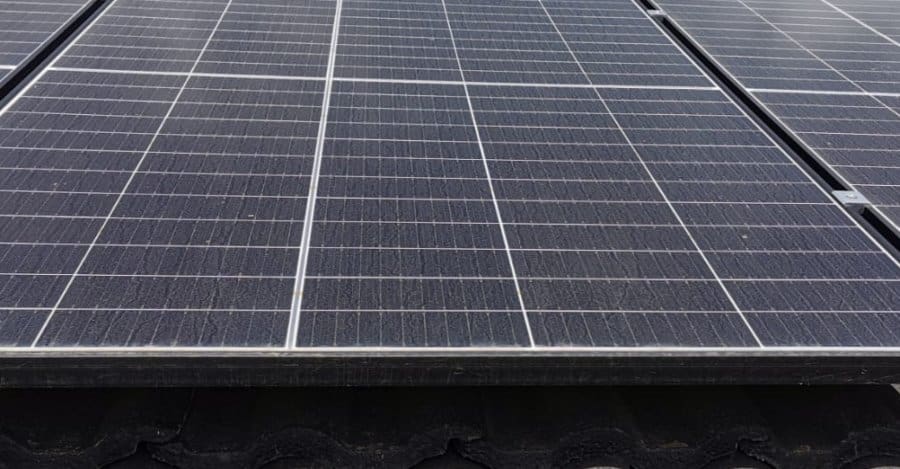
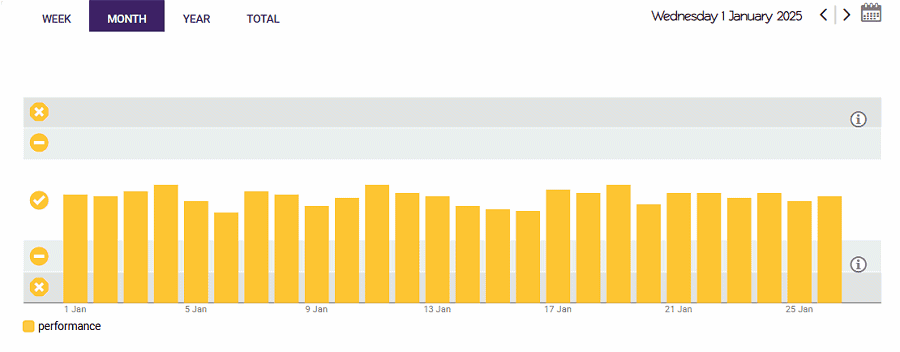
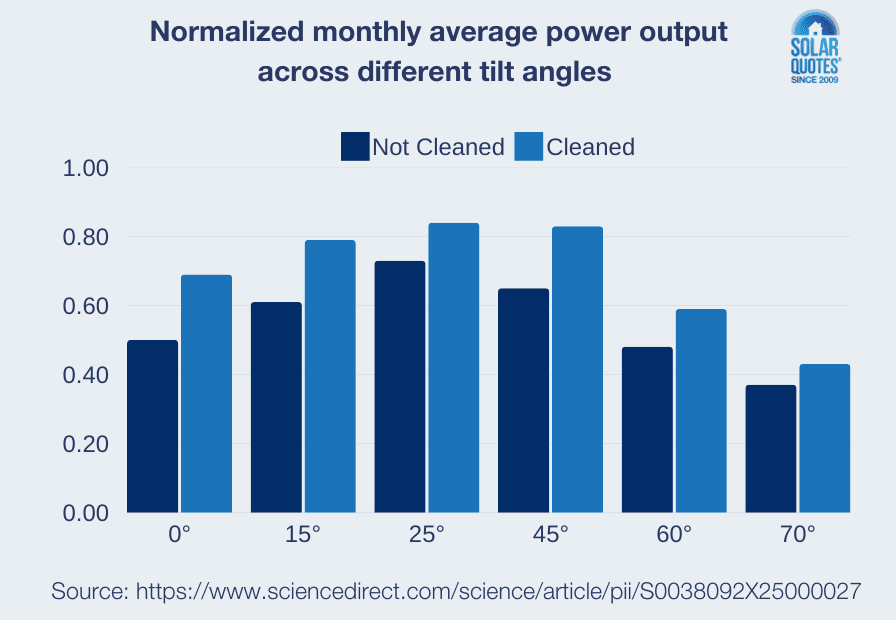
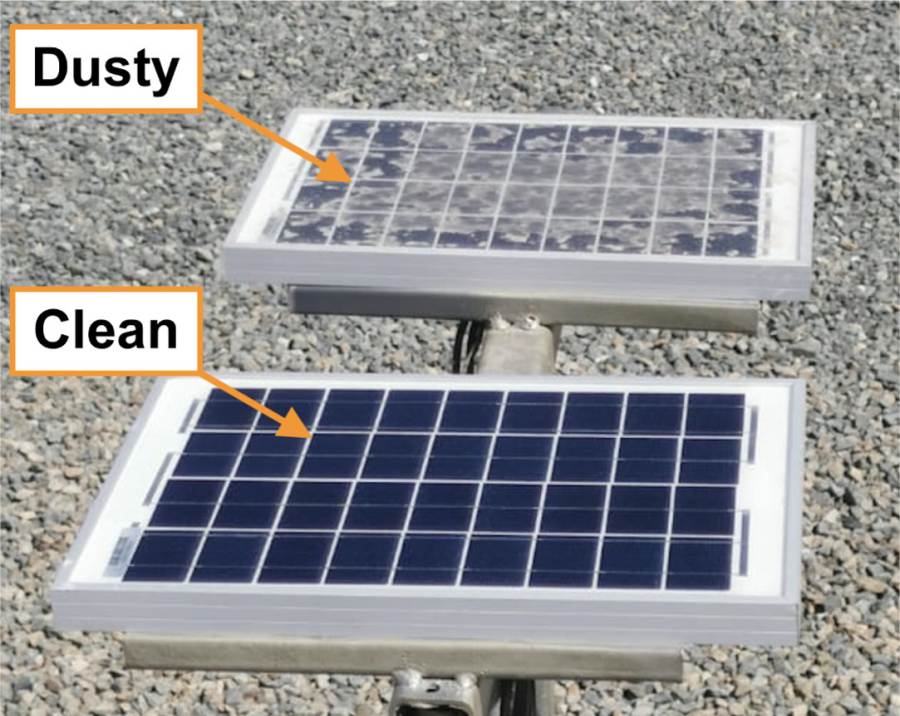
 RSS - Posts
RSS - Posts



I’ve noticed that on low tilt panels, that the aluminium frame tends to cause a surprisingly larger than expected pooling area of dust.
I suspect frameless panels would be the best option for low tilt installations.
Jeddah is at 21 degrees, obviously 25 degrees will give the best result
Not really on topic but this sentence really for my goat: “Oversizing is a very common and desirable practice.” “Common” yes, but “desirable” is an unnecessary loaded word and invites the question “So you prefer not to receive any power than exceeds the 8kW capacity of your inverter?” Because in reality it’s not “desirable” but simply a financial decision about whether you want to pay more for a higher capacity inverter in exchange for the extra power at peak times.
Oversized systems are sold by installers because it allows them to offer a lower price and hence be more competitive. Yes, inverters tend to be more efficient when operating close to capacity but the difference between 8kW and, say, 10kW will be marginal with bigger efficiency differences between manufacturers’ products. Ultimately you, as the owner, should be thinking about the cost trade-off and whether you want to accept it.
Hi Richard,
Oversizing is desirable because for any given hour of the day, more panels will yield more kilowatt hours.
This is especially useful when you consider the economic value of electricity is highest at the very ends of the day.
DNSP rules are what limit system sizes and because they’re based on inverter capacity, being able to oversize the array means you can harvest more sunshine.
In WA for instance, a Tesla PW3 is limited to 5kW but it’s able to connect 20kWp of solar. This is especially useful on a battery hybrid system because even if the inverter is running at peak capacity, more solar energy can be directed straight into the battery without using the inverter at all.
Excess solar is a feature, not a bug.
Regarding a build up of dirt above the bottom frame, if each panel was mounted with a slight tilt of only a couple degrees most of the rain and dust would drain away at a corner minimising corrosion along the bottom edge.
Great idea Paul,
I refer to this as a “sawtooth” installation. The only problem is getting installers to do it without them laughing at you or being flamed by their peers.
Like many building trades, electricians are afraid of things that aren’t straight.
What is the coefficient of water retention on the protecting glass (glass type)?
What is the exact sand composition, avg. particle size?
Does the wind move the sand to produce scratches on the solar panel?
What is thw average wind speed in this period of the year?
You talk about panels but what about battery size and cost.
Hi Dennis,
We have heaps of battery information for you. Start here 😉
https://www.solarquotes.com.au/battery-storage/comparison-table/
Did install 10KW two weeks before with the solar panel stilt angle is 10 degree l.
Good to know about tilt angle and cleaning affects on the output